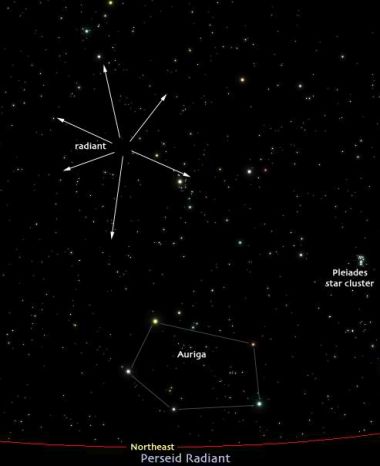Perseid Meteor Shower August 2014 peak dates, times: Supermoon to clash with dazzling star show

The Perseid meteor shower typically occurs in August of every year. This year, the Perseid meteor showers are predicted to peak between August 11 and August 13. Stargazers and astronomers advise the public to watch out for these showers just before dawn.
The United States National Aeronautics and Space Administration (NASA) revealed that the meteor count can reach up to 100 meteors per hour. These meteors can travel at 37 miles or 59 kilometers per second.
"The Perseid meteor shower is known as one of the best meteor showers to observe, producing fast and bright meteors that frequently leave trains, but in 2014, a nearly full moon will upstage the show," according to NASA.
However, the August supermoon will most likely hinder the enjoyment of starwatchers this year. Astronomers state that the supermoon will be dominating the sky on the nights before and after August 10. In this case, stargazers expecting to witness the Perseids meteor shower are recommended to catch glimpses of the event during the weekend.
The impending supermoon signifies that the moon can appear to be approximately 14% bigger and roughly 30% brighter than the usual. Moreover, a report suggests that the August 10 supermoon will be the closest to the Earth and is expected to be the brightest supermoon of this year.
"The best thing you can do to maximize the number of meteors you'll see is to get as far away from urban light pollution as possible and find a location with a clear, unclouded view of the night sky," NASA suggested.
"Once you get to your viewing location, search for the darkest patch of sky you can find, as meteors can appear anywhere overhead," NASA further advised.
Apart from the month of August, meteor showers are to be expected in October and November. In fact, the Orionids meteor shower is said to run from October 2 to November 7. This shower is predicted to peak on October 21 and October 22.











